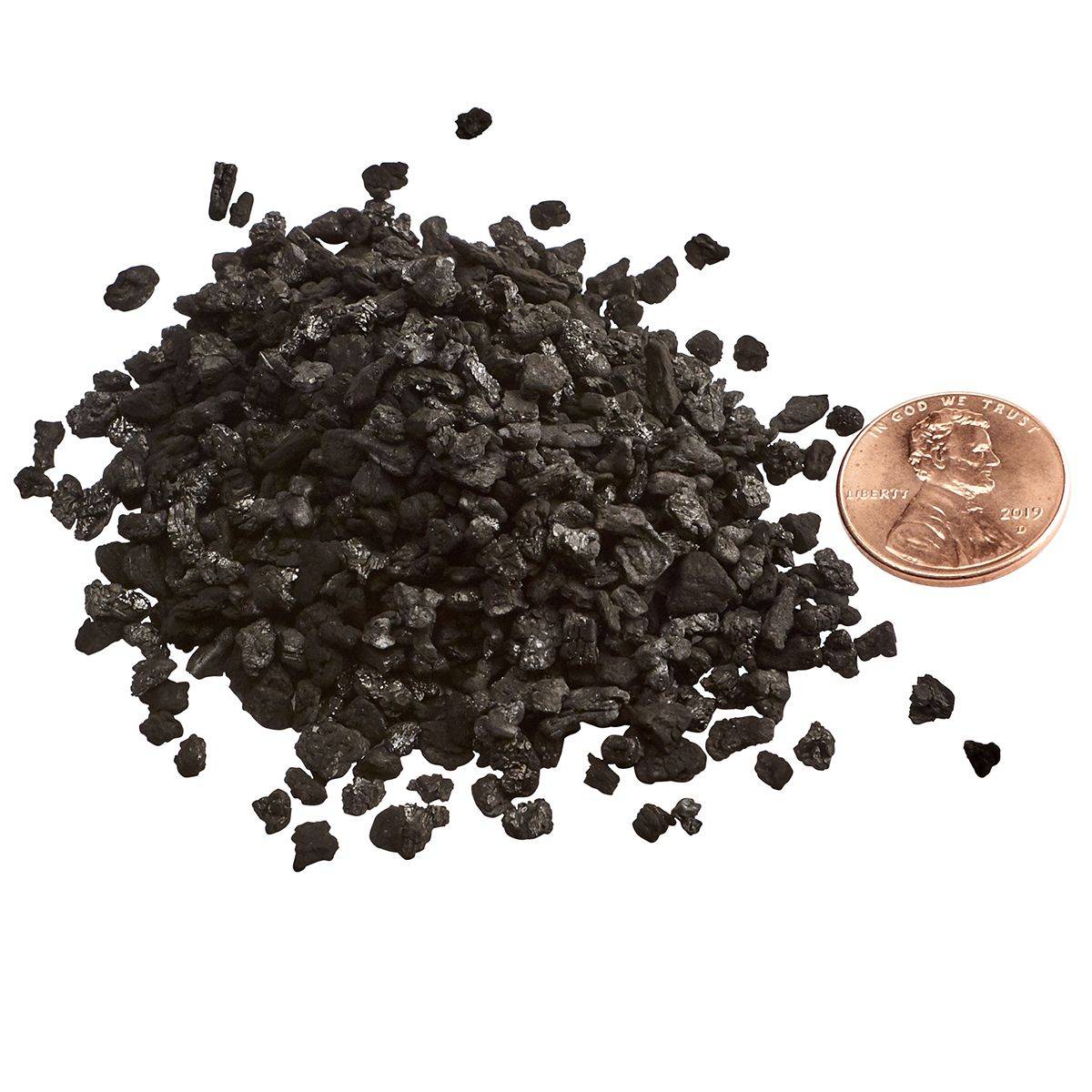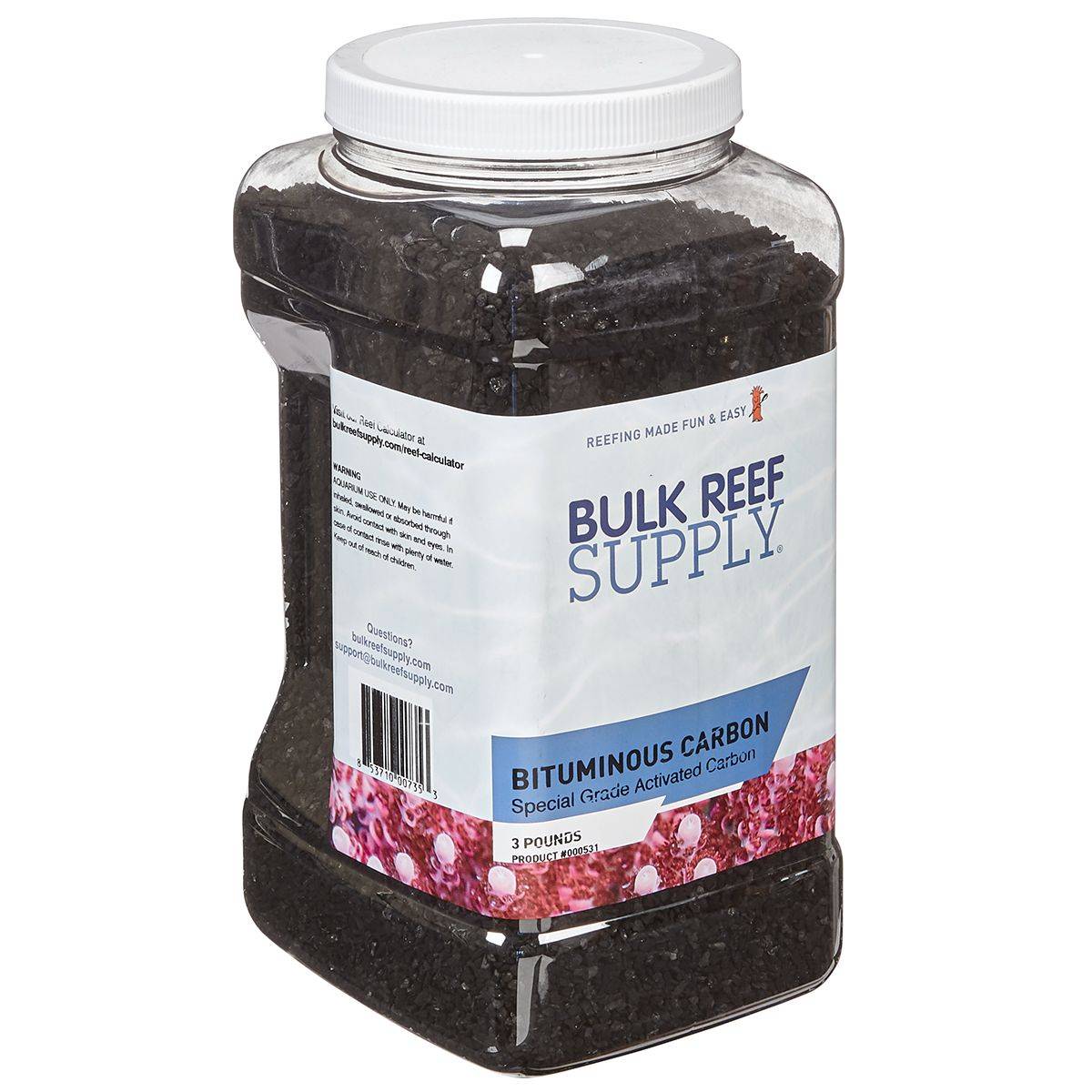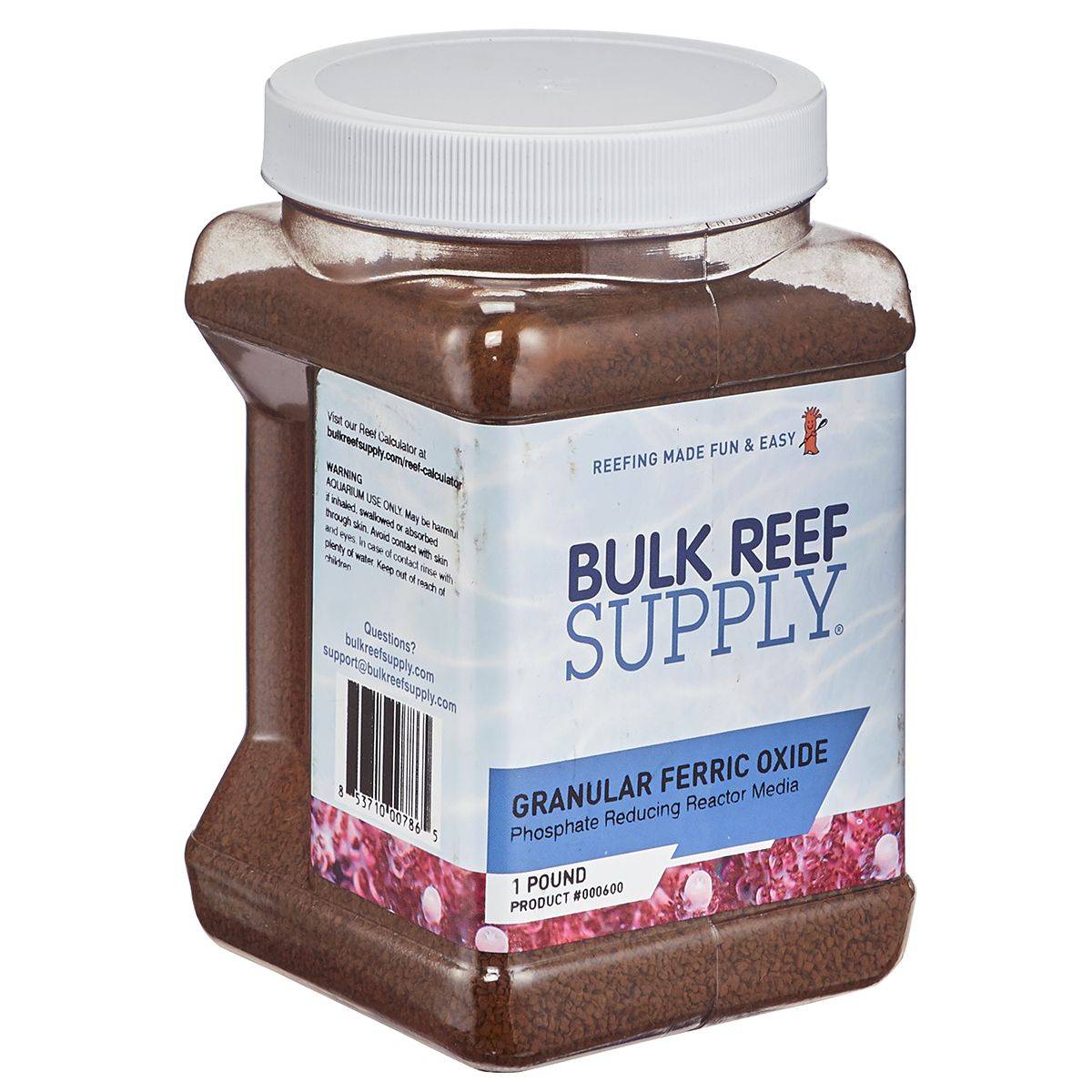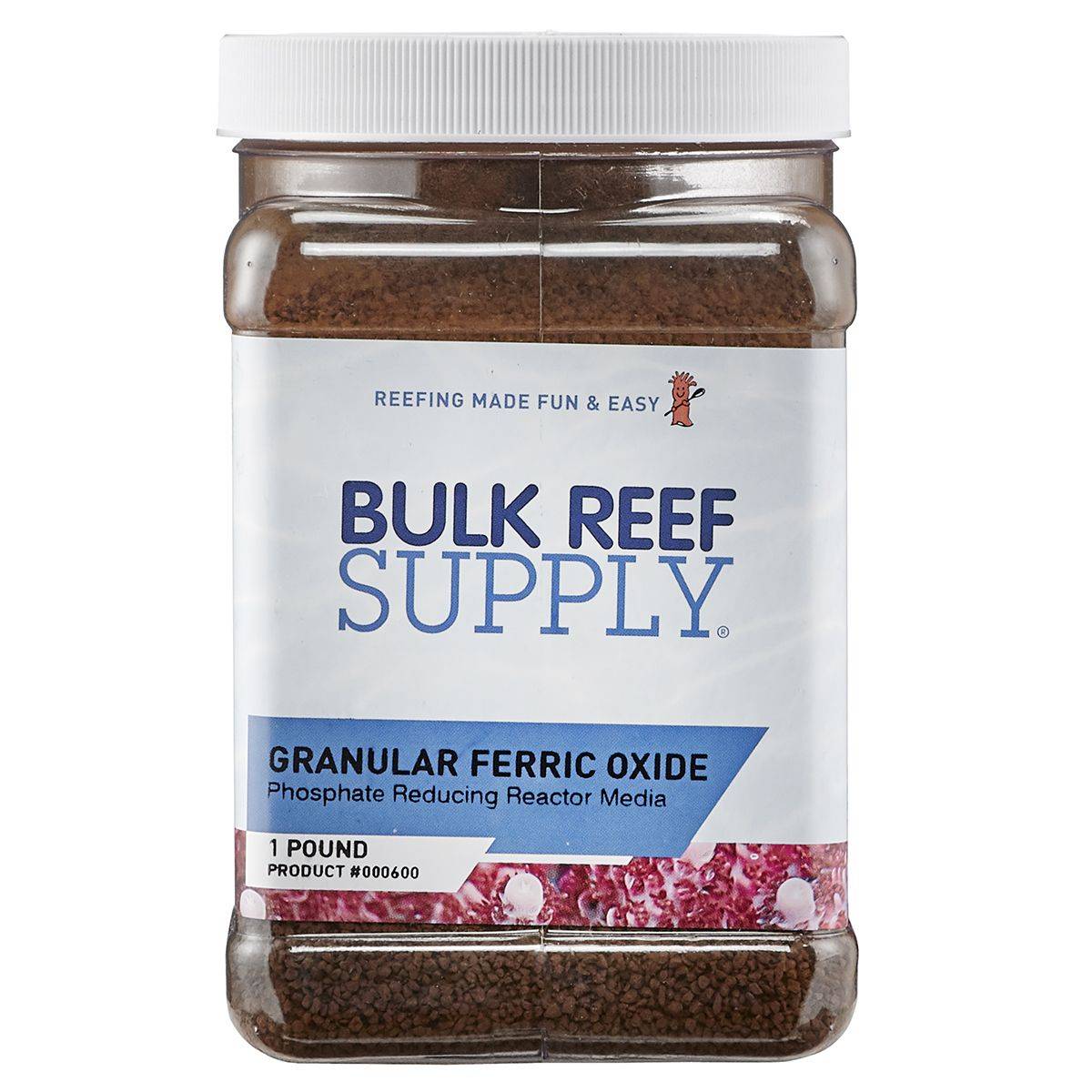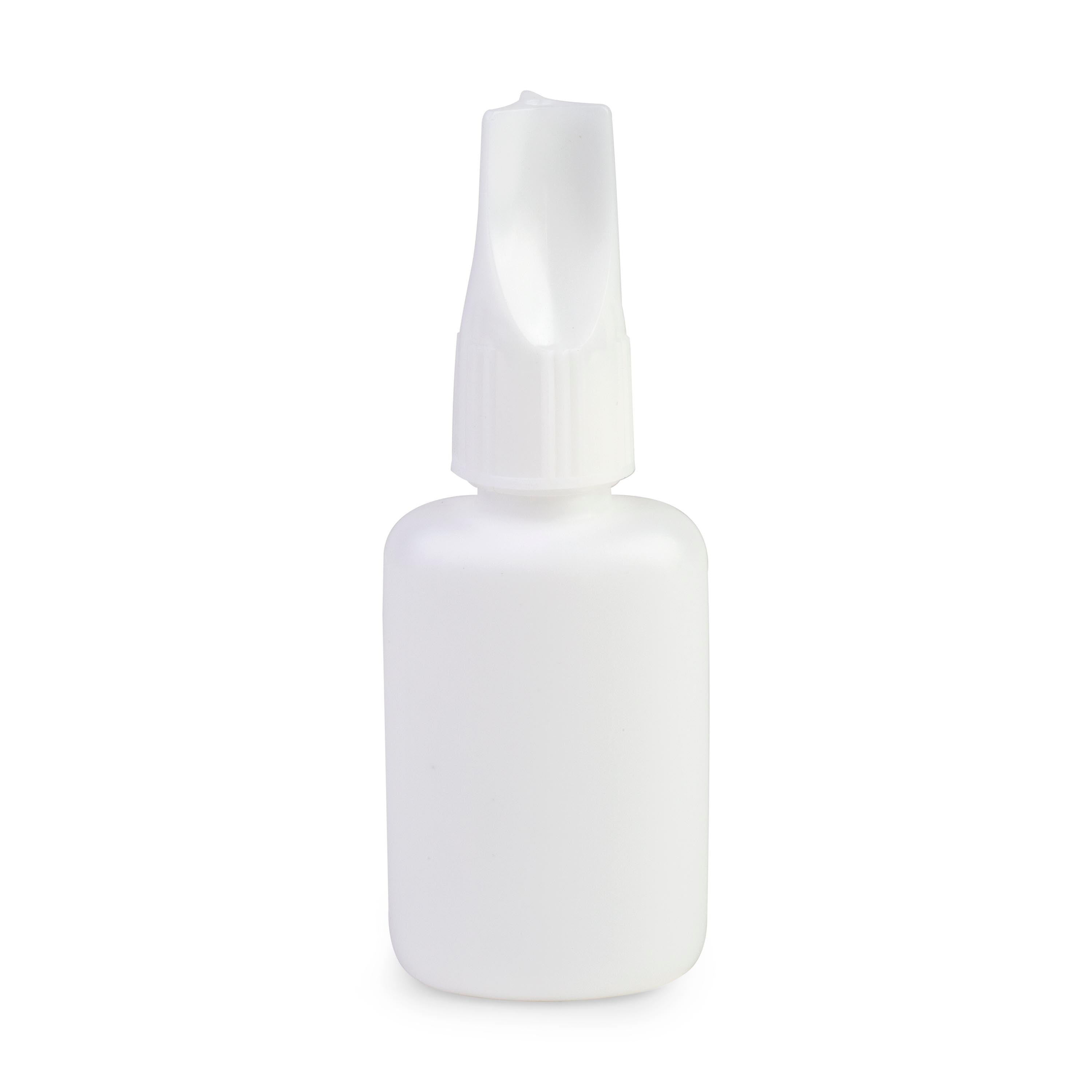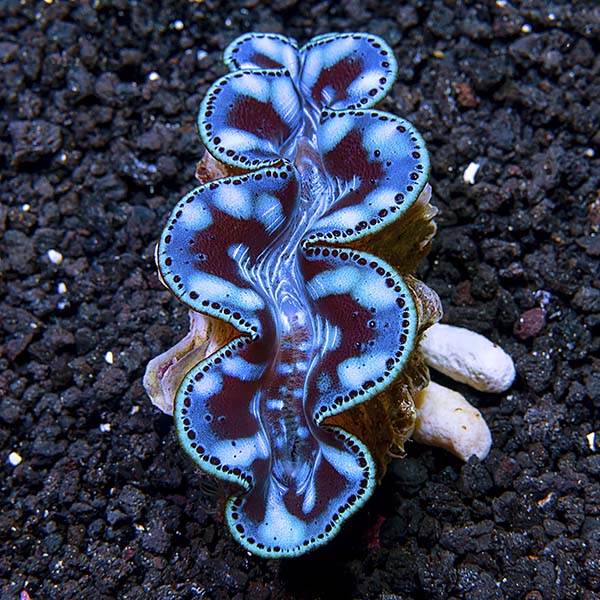
Maxima Clam Ultra 5.5 in (Tridacna maxima)
Max Size: 12 feet
Supplements: Calcium, Trace Elements
Waterflow: Medium
Lighting: High
Placement: Bottom to Middle
The Maxima Clam, also known as the Small Giant Clam, is one of the most popular giant clam species. Its mesmerizing mantle, adorned with a rich variety of patterns and vivid colors, creates a stunning display when illuminated properly in reef aquariums. In the wild, Maxima Clams are often found living together in large congregations, and they can reach a maximum size of 12 inches.
In the aquarium trade, the majority of Tridacna maxima specimens are cultured on land-based clam farms in the Central and South Pacific. These clams come in a wide range of colors and patterns, and their pricing is based on size, intensity of coloration, and complexity of patterns. Larger clams with vibrant colors and intricate patterns tend to be more expensive.
Identifying Maxima Clams is relatively easy, as they have an elongated shell lacking symmetry, with narrowly spaced scutes or scallops on the upper portions of each side of their hinged shells. Like other members of their genus, T. maxima attach themselves to hard substrate or rockwork using thread-like appendages called byssal filaments. Over time, they may even burrow into porous substrate. When introduced into an aquarium, they will naturally attach to a solid surface within a day or so, so it's important to choose their placement carefully, as forcibly removing them can cause irreparable harm.
Maxima Clams thrive on intense lighting in home aquariums, as they harbor symbiotic algae called zooxanthellae, which provide them with nutrition through photosynthesis. Smaller T. maxima, measuring 2 inches or less, are more sensitive to very intense lighting due to their thinner membrane compared to larger specimens. To adapt a new Maxima Clam to intense lighting, it's best to gradually move it higher in the aquarium, starting from a lower position.
These clams are filter feeders, constantly extracting small particulates from the water. Larger Maxima Clams, measuring more than 2 inches, do not require supplemental feedings, but smaller ones need to be given phytoplankton or greenwater supplements several times a week if they are kept in a nutrient-poor reef aquarium.
In terms of care, Tridacna maxima is relatively hardy. They thrive in aquariums with intense lighting and good water flow. Maintaining proper water chemistry is crucial, with calcium levels between 380-450 mg/L, alkalinity levels of 8-11 dKH, and magnesium levels of 1280-1350 ppm ensuring their well-being.


